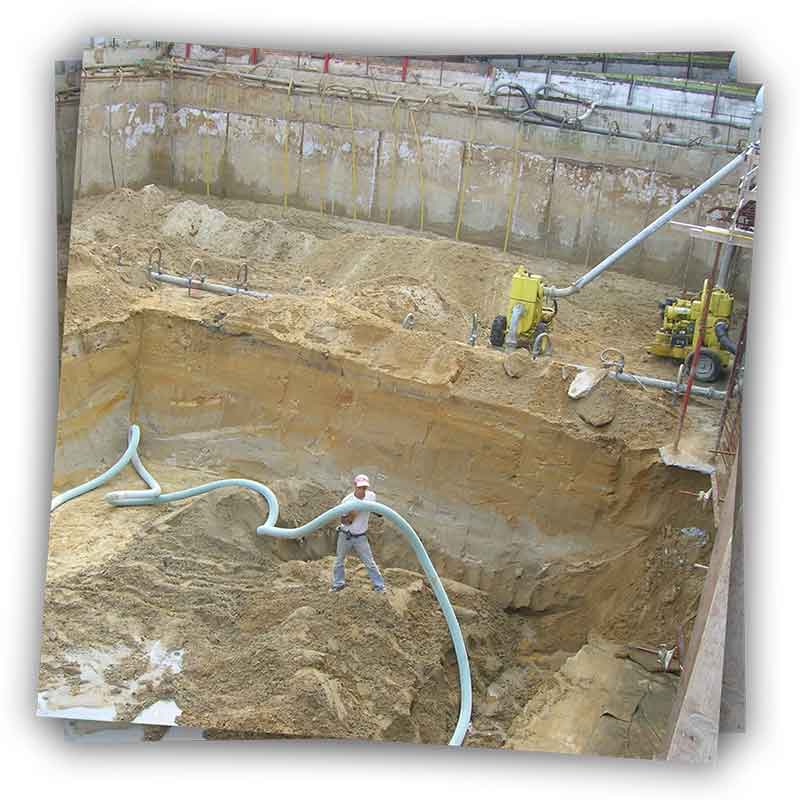INTERWELL
DEWATERING & WELLPOINT
Interwell S.r.l. is a company specializing in the production, sale and rental of wellpoint pumps and systems.
The production of Interwell pumps includes motor pumps, electric pumps, submersible and submersible pumps able to cover a wide range of needs.
Today we are mainly present in the markets of Italy, Europe and North Africa. We are constantly looking for partners for the dissemination of our products.
Our rental fleet is the most adopted service by our customers who need solutions to problems related to groundwater drainage.
In the strategy of approach in the world of procurement, the dedication lavished by our technical office to support companies is of great importance.
WHY CHOOSE INTERWELL?
“Every single drop of water deserves the maximum commitment” this is the pay-off that has always underlined our activity highlighting the passion and professionalism that have always accompanied us. The technical skills of our employees and the high degree of specialisation our operators have, enable us to provide immediate answers with accurate and decisive technical solutions.
TO RENT WELLPOINT
SYSTEM MEANS:
AVAILABILITY
Immediate availability of equipment required.
SUPPORT
Technical support aimed at identify the best solution between costs and benefits
ASSISTANCE
Emergency service able to solve any problem.
STUDY AND ANALYSIS
Before proceeding to design a Wellpoint system in the construction field, it is necessary to acquire at least the following information:
STRATIGRAPHY
Stratigraphy of the soil concerned for a depth at least two times greater than that of the excavation.
INTERDEPENDENCE
Interdependence of the aquifer with surrounding hydrological conditions.

PERMEABILITY
The soil permeability coefficient by on-site tests.
LOGISTICS
Construction site logistics conditions to determine the layout of the plant.
WELLPOINT SYSTEM
How does it work?
WHAT IS
WHEN TO USE IT
WHERE TO USE IT






